Cancer Screening in the UK: Current Perspectives and Future Strategies
Written by David Pickett
Medically reviewed and edited by Dr Said Qabbaah, MBBS, MBA
Scientifically reviewed by Dr Angela Pine, BSc, MSc, PhD1
Cancer is a serious global health problem, ranking among the leading causes of suffering and mortality worldwide.1 In the UK, there have been hard efforts to become the world’s leaders in tackling the disease, but a recent report reveals otherwise.
The European Cancer Organisation (ECO), in collaboration with Cancer Research UK (CRUK), has recently published a report called “European Cancer Pulse: Tracking Inequalities in Cancer – United Kingdom Country Report” highlighting critical areas in general cancer care requiring urgent attention and action.2
The report reveals that general cancer incidence in the UK is around 14% higher compared to the EU, while the associated mortality from cancer is 7.5% lower.2
Additionally, the report underscores the UK’s strengths in terms of general cancer care, including the availability of palliative care services and national initiatives such as cancer registries and audits. However, it also identifies certain areas for improvement, such as cancer screening rates, prevention measures, and healthcare workforce shortages.
The power of screening: Why it matters
Early detection plays a pivotal role in cancer prevention, treatment, and survival.3 Screening enables the detection of pre-cancerous changes or early-stage cancers, often prior to the onset of any associated signs or symptoms. The main benefits of cancer screening are as follows:
-
- Increased treatment success: Early detection allows for more effective and less invasive treatment options, significantly improving the chances of a successful outcome.
- Improved quality of life: Timely intervention can minimise the impact of cancer on a patient’s life, allowing for better management and potentially also a return to a certain level of normality.
- Reduced healthcare burden: Early diagnosis of cancer reduces the strain on healthcare resources and the costs associated with the complex and expensive treatment of advanced cancer cases.
Cancer screening: Missed opportunities for early detection
The ECO report reveals concerning statistics relating to cancer screening in the UK. Despite the wide implementation of screening programmes for breast, cervical, and colorectal cancers, participation rates still fail to meet national and European targets.
Breast cancer screening
Figures reveal that over a third of UK women have yet to seize this potentially life-saving opportunity, despite breast screening helping to save the lives of approximately 19,000 women in 2022-23.4
This underscores the importance for thousands of women to attend their breast screening appointments following invitation from the NHS, to enable the detection of breast cancer at an early stage, and to give people the best chance of successful treatment.
Colorectal (bowel) cancer screening
While nationwide colorectal screening programmes are in place, and despite around 43,000 colorectal cancer cases being diagnosed every year in the UK,5 only about 67% of eligible individuals participate in this crucial preventative measure,2 which primarily aims at reducing the incidence and mortality rates of colorectal cancer.
Cervical screening
Cervical screening represents a highly effective approach in preventing cervical cancer. It serves as a vital tool for the early detection of human papillomavirus (HPV) infection, which causes 99.8% of cervical cancer cases, enabling the effective monitoring and management of any identified cell changes before they progress to cancer, ultimately saving lives.
According to the UK National Screening Committee (UK NSC), cervical screening programmes have been estimated to save 4,500 lives annually in the UK since their implementation in 1964.6
Despite all the compelling evidence that cervical screening significantly reduces both the incidence of cervical cancer and related mortality,6,7 the adoption of this crucial, potentially life-saving, procedure continues to lag behind expectations.
Recent findings revealed that only around 69% of eligible individuals aged 25 to 64 underwent cervical screening within the recommended timeframe for the year 2022-23,8 down from nearly 70% the previous year, which is significantly below the national target of 80%.9
Conclusion
In summary, the ECO report is a powerful reminder of the importance of cancer prevention for improved health outcomes, and provides a valuable opportunity for introspection and improvement. By prioritising early detection through screening, a person’s risk of developing cancer is remarkably reduced through early management and treatment.
However, to ensure that people actually attend their screening appointments, the whole process should be improved and the experience to be made as positive as possible. Currently, the fact that 1 in 3 eligible women and individuals assigned female at birth (AFAB) in the UK do not attend their cervical screening appointment is a huge concern.
Cervical cancer is one of the most preventable types of cancer, as it is caused by HPV the vast majority of the time; yet, thousands of cases are getting diagnosed every year, needlessly taking the lives of hundreds of women.
Hence, there is a need for greater efforts to innovate the current approach to cervical screening, and improve its convenience and accessibility to boost participation rates among those eligible.
10zyme: Advancing women’s health
We’re developing a groundbreaking self-test with instant results to detect the main cause of cervical cancer: high-risk HPV. Detecting infections early prevents cancer ever developing.
By enabling self-testing, we aim to empower women, overcome stigma and anxiety, and help eliminate a disease killing hundreds of thousands a year globally. See our Education Section to find out more.
Please follow and support us on social media: LinkedIn, Instagram, and TikTok.
References:
-
- World Health Organization (WHO). (2024). Cancer. [Online]. Available at: https://www.who.int/health-topics/cancer (Accessed 01/05/2024)
- European Cancer Organisation (ECO). (2024). European Cancer Pulse – Tracking Inequalities in Cervical Cancer. Country Report – United Kingdom. [Online]. Retrieved from: https://www.europeancancer.org/pulse (Accessed 30/04/2024)
- Cancer Research UK (CRUK). (2022). What is cancer screening? [Online]. Available at: https://www.cancerresearchuk.org/about-cancer/cancer-symptoms/spot-cancer-early/screening/what-is-cancer-screening (Accessed 01/05/2024)
- National Health Service (NHS) England. (2024). New breast screening figures prompt fresh uptake appeal. [Online]. Available at: https://www.england.nhs.uk/2024/01/new-breast-screening-figures-prompt-fresh-uptake-appeal/ (Accessed 30/04/2024)
- Shekleton, F.E. and Okocha, M. (2024). UK Screening and Surveillance For Bowel Cancers. StatPearls Publishing. [Online]. Available at: https://www.ncbi.nlm.nih.gov/books/NBK599509/ (Accessed 01/05/2024)
- UK National Screening Committee (UK NSC). (2019). Cervical cancer. [Online]. Available at: https://view-health-screening recommendations.service.gov.uk/cervical-cancer/ (Accessed 30/04/2024)
- Choi, S., Ismail, A., Pappas-Gogos, G. and Boussios, S. (2023). HPV and Cervical Cancer: A Review of Epidemiology and Screening Uptake in the UK. Pathogens, 12(2):298. doi:10.3390/pathogens12020298
- National Health Service (NHS) England. (2023). Women urged to take up NHS cervical screening invitations. [Online]. Available at: https://www.england.nhs.uk/2023/11/women-urged-to-take-up-nhs-cervical-screening-invitations/ (Accessed 01/05/2024)
- The Faculty of Sexual and Reproductive Healthcare (FSRH). (2023). NHS Digital releases 2022-2023 data for the Cervical Screening Programme in England. [Online]. Available at: https://www.fsrh.org/news/nhs-digital-releases-2022-2023-data-for-the-cervical-screening/ (Accessed 01/05/2024)

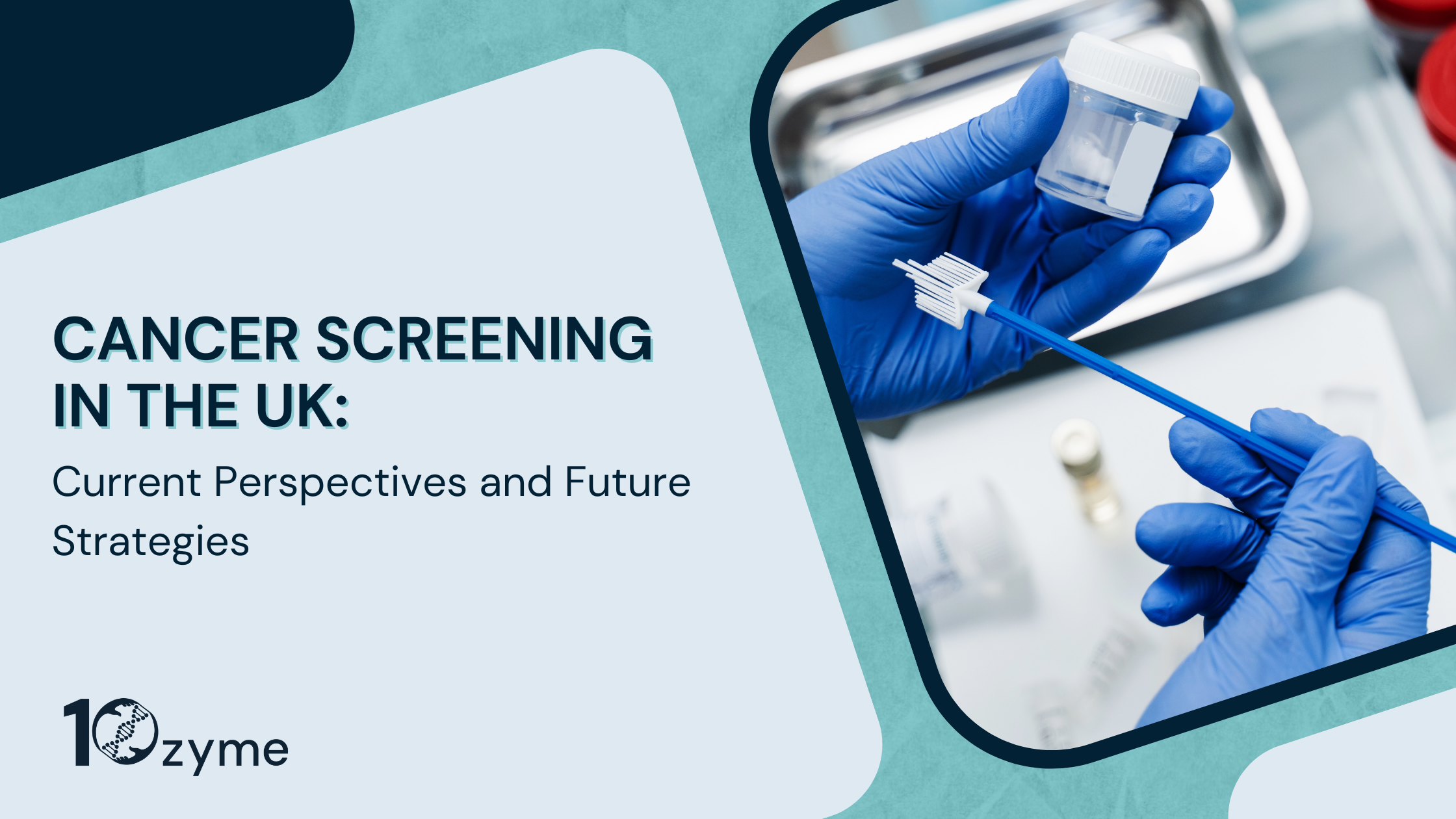
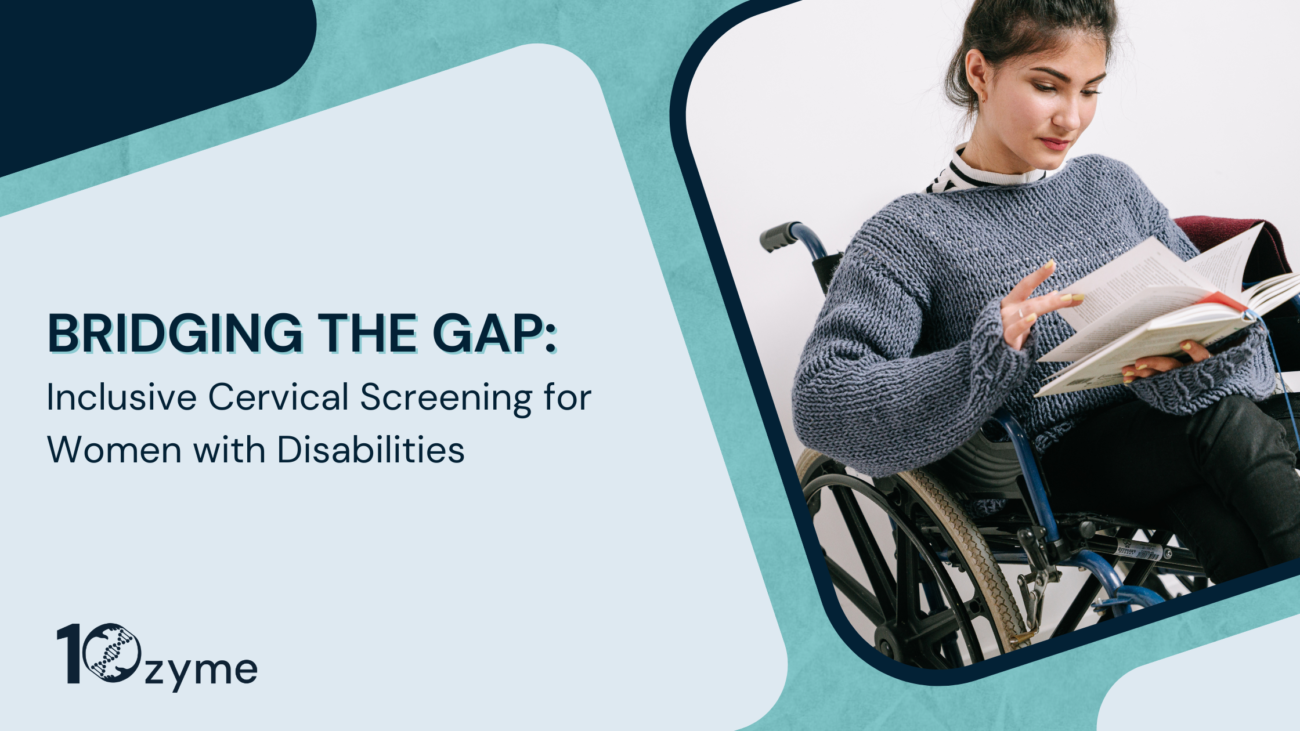


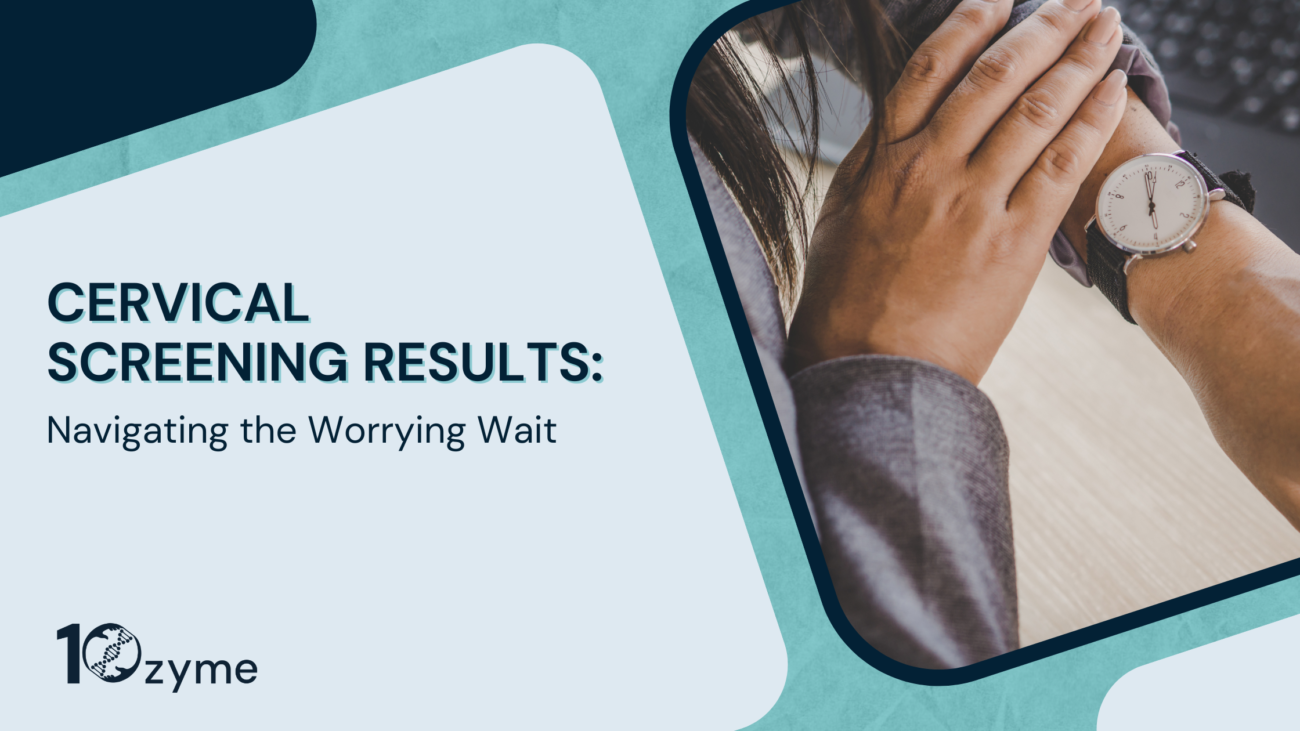
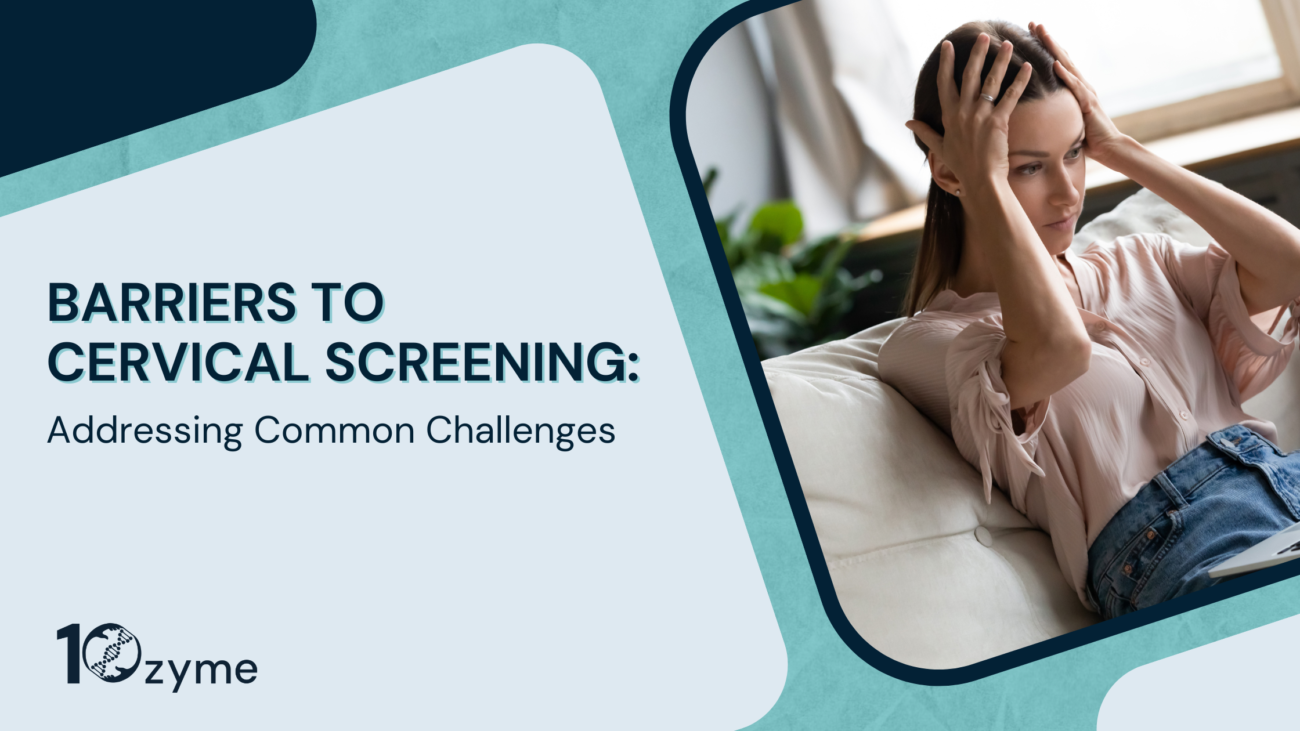
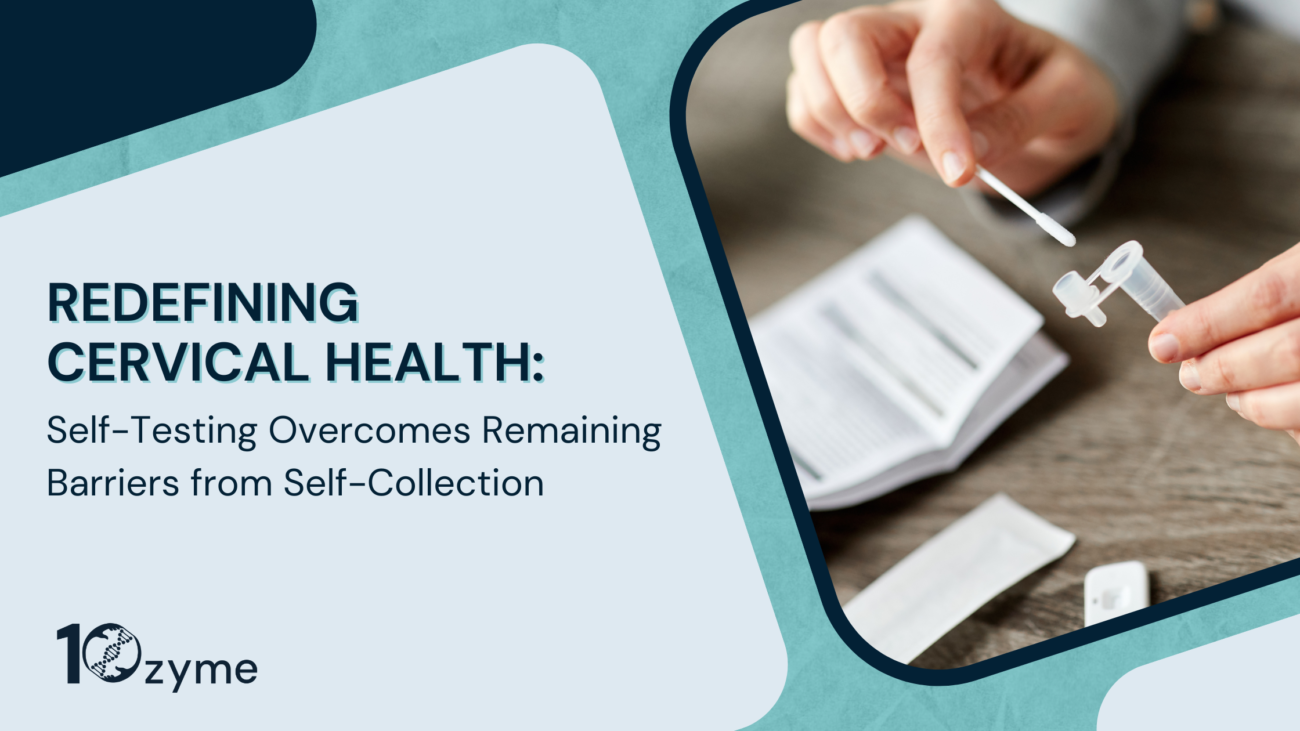
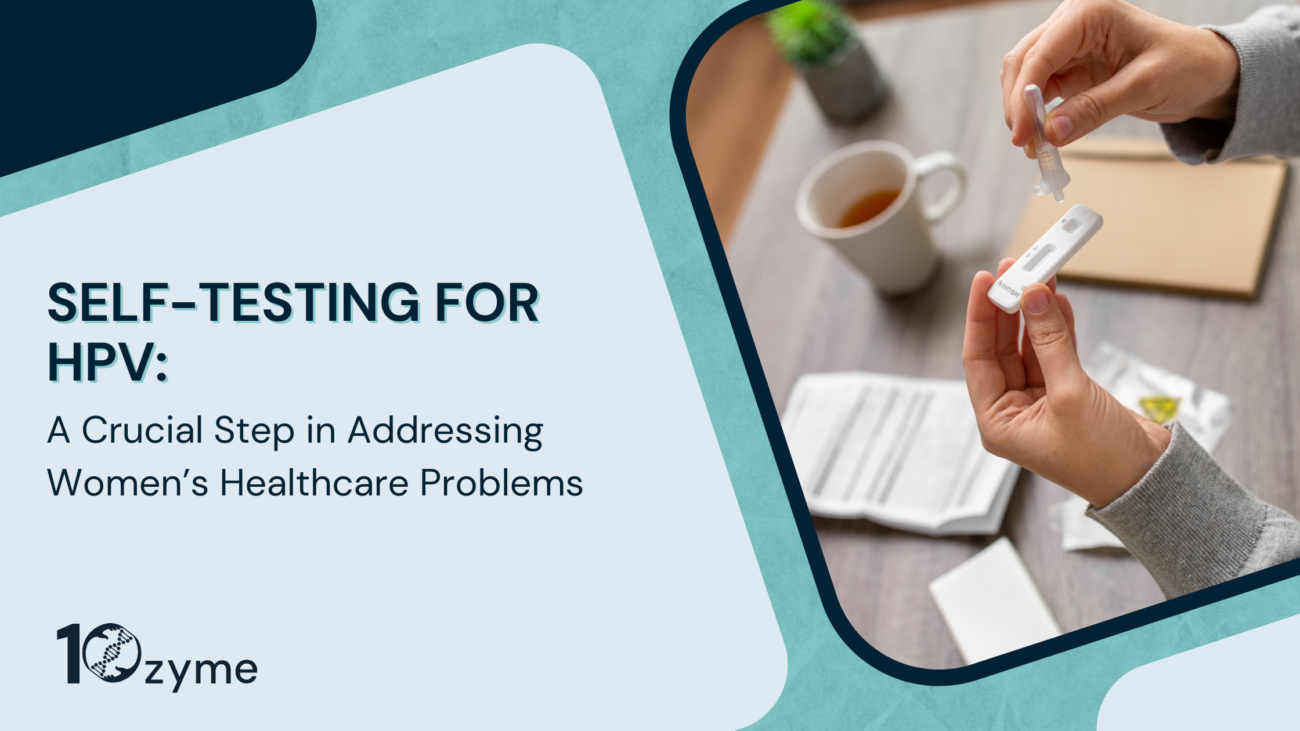
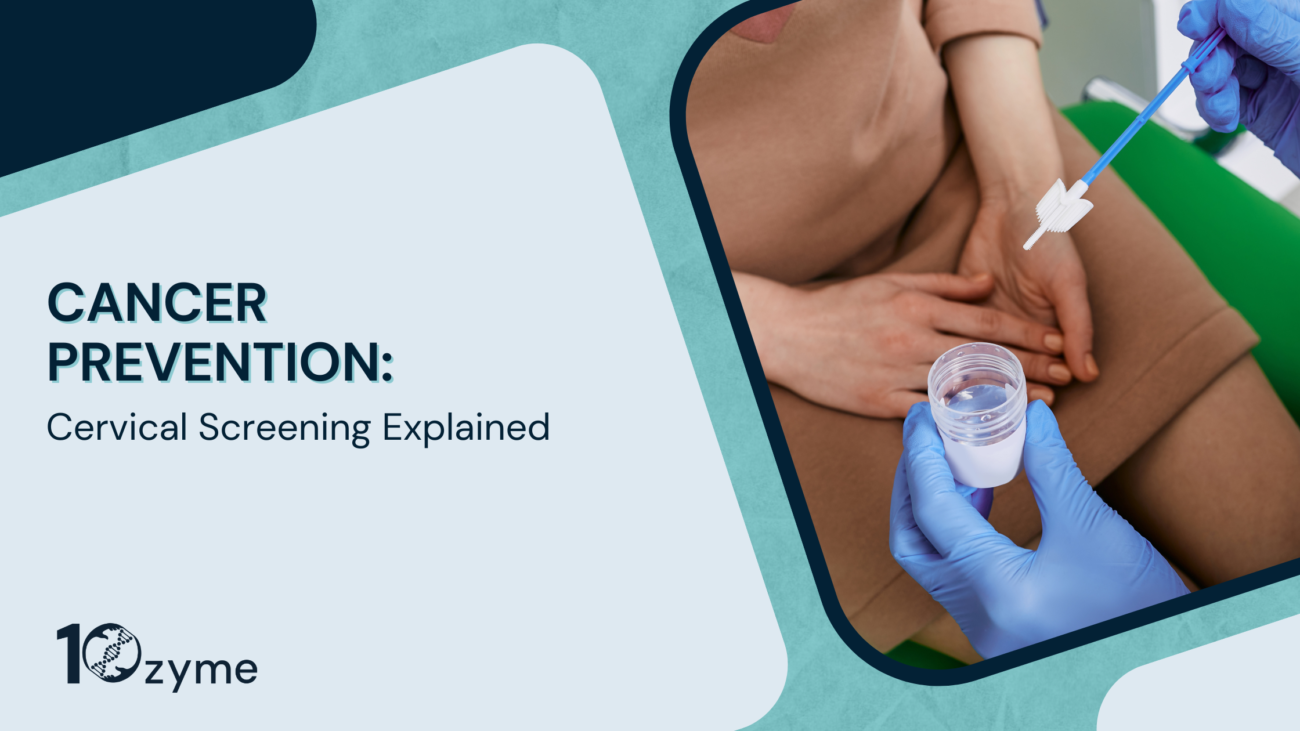
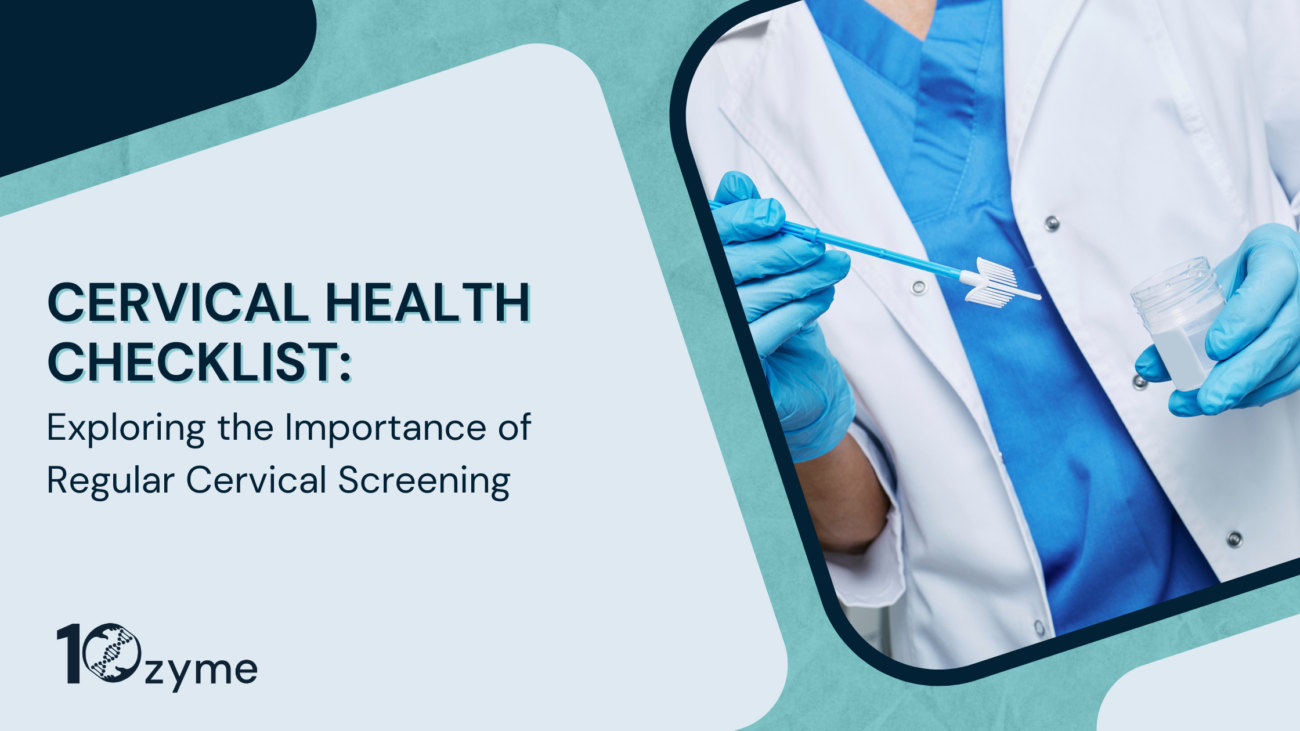
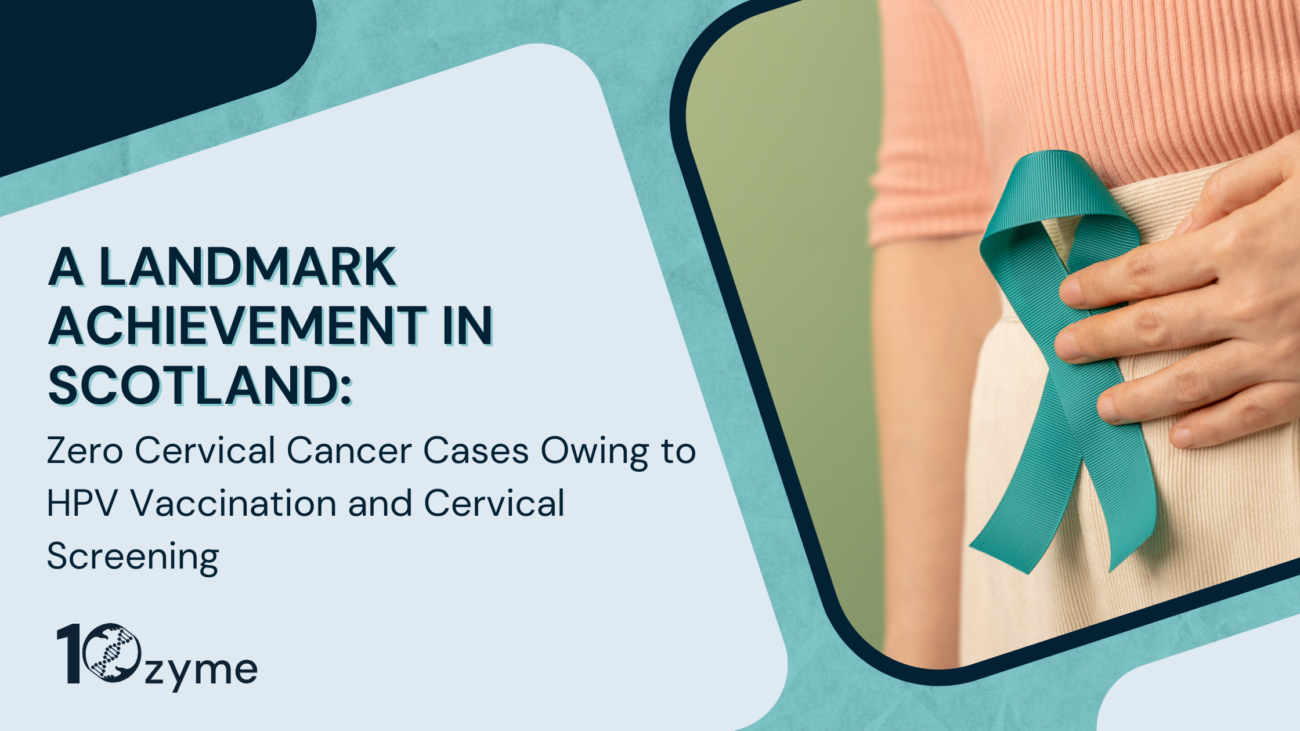
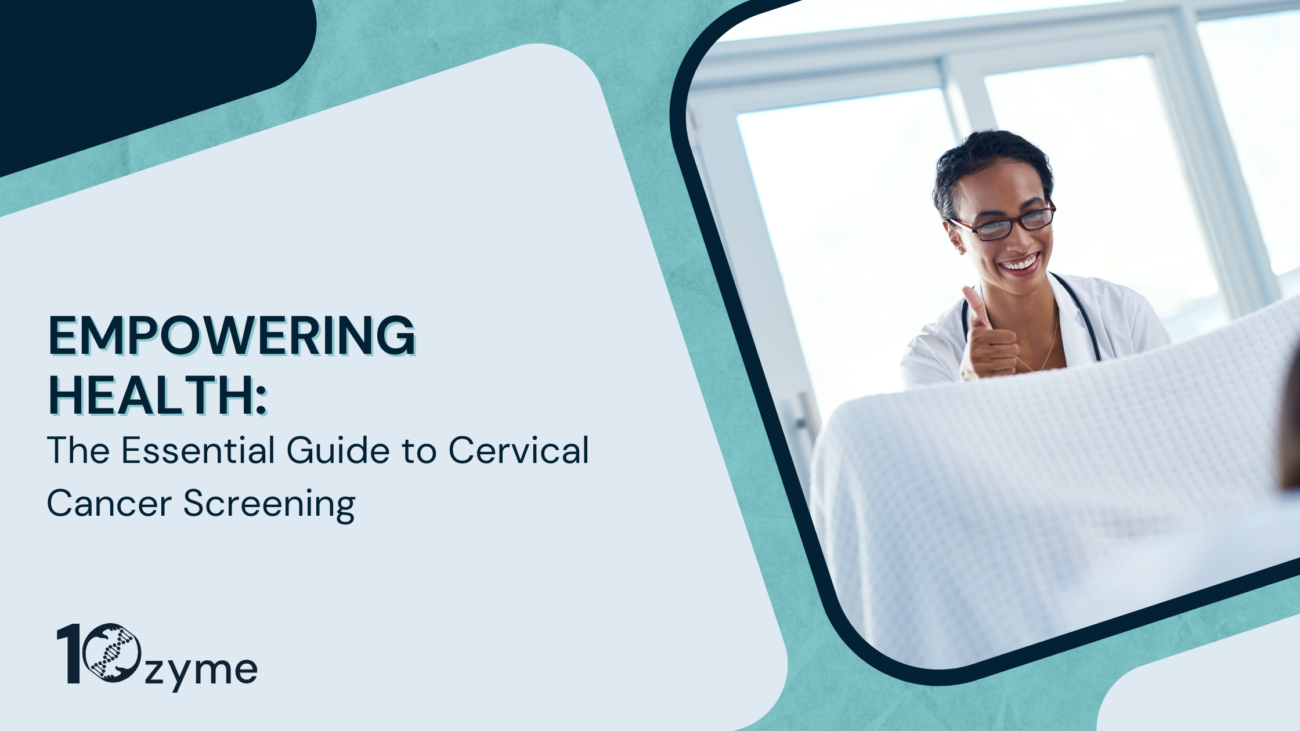
2 thoughts on “Cancer Screening in the UK: Current Perspectives and Future Strategies”